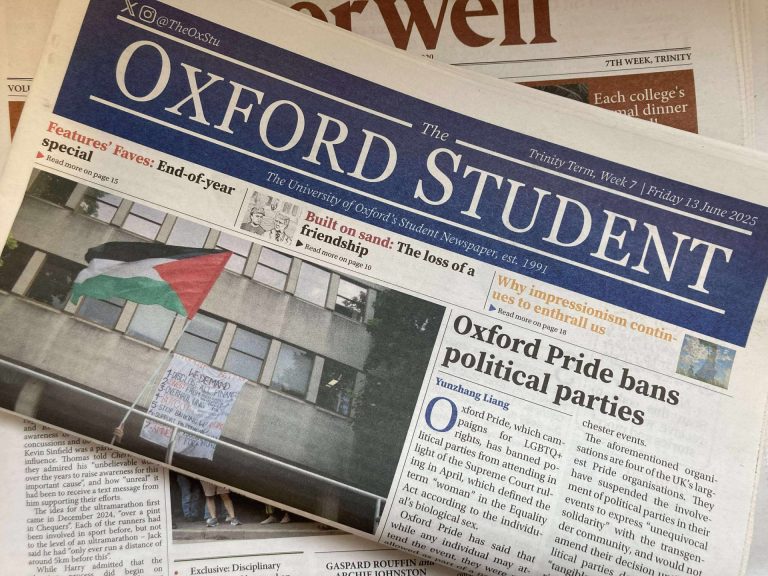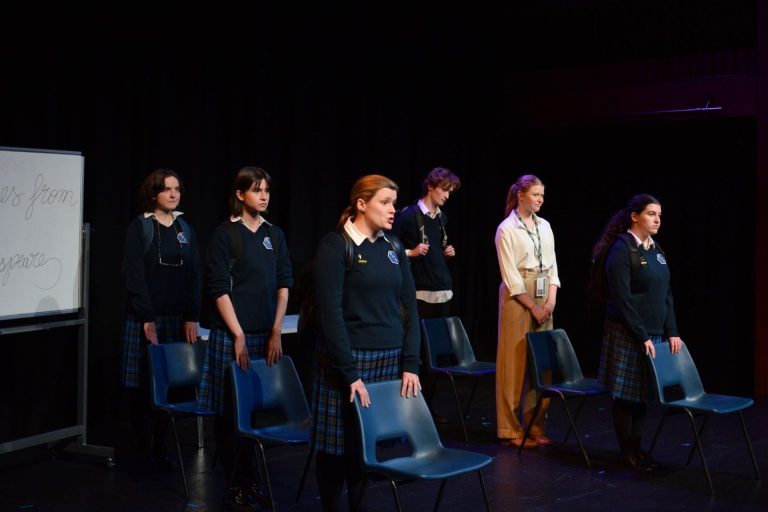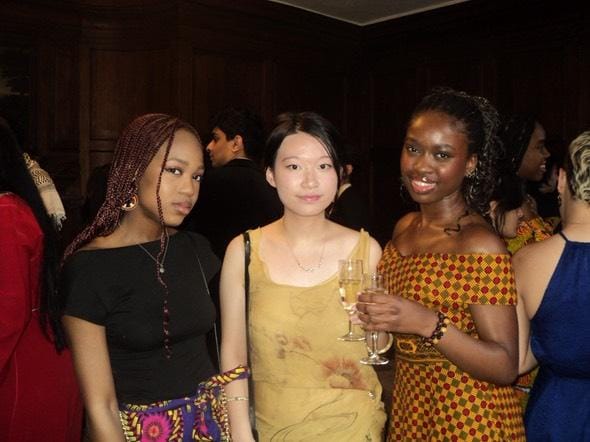The character Walter Mitty was first brought to life in James Thurber’s short story The Secret Life of Walter Mitty, published in a 1939 issue of The New Yorker. At its essence lies the eponymous figure: a man stuck in routine, escaping into vivid daydreams to find meaning beyond his mundane daily life. The short story resonated strongly with readers, resulting in the 1947 film adaptation (though this version strays far from the original). Over time, it even led to the addition of the word ‘Mitty-esque’ to vernacular American speak in economic, artistic, and literary circles, denoting a person who indulges in escapist daydreams and fantasies.
Most recently, the story was reproduced in the 2013 film of the same title, directed by and starring Ben Stiller. This is the version which most captured my attention and remains one of my favourite films. I believe it can offer some meaningful takeaways for us all.
Meet our protagonist: Walter Mitty. He’s a mild-mannered New York office worker, whose humdrum, grey life is defined by routine and restraint. Employed as a negative assets manager at Life magazine, Mitty’s days are uninspiring and predictable. In a half-hearted search for love, he signs up to eHarmony. But when customer service worker Todd Mahar rings him – trying to finish setting up Mitty’s profile – he meets a dead end. Walter Mitty’s profile is just… boring. He has nothing notable to say. Nothing, that is, except for his elaborate daydreams.
This comes with no lack of irony: the magazine Mitty works for (Life) champions adventure and discovery. Yet it appears to be the very thing which limits his life. Based on the real-life Life magazine which has the motto “To see life; to see the world”, the fictional version of the magazine elevates this ideal one step further. Multiple times throughout the film, we are reminded of the adapted version of the magazine’s inspirational motto:
“To see the world, things dangerous to come to, to see behind walls, draw closer, to find each other, and to feel. That is the purpose of life.”
And yet Mitty – despite working under these very words – appears to be living in total opposition to this philosophy.
But one day, everything changes when one of his negative assets goes missing: negative #25. It’s an important image taken by the magazine’s elusive photographer, Sean O’Connell. It’s due to be on the front cover of the final issue of Life magazine; the photographer believes it captures the “quintessence of life”. Without the negative, Mitty risks losing his job under the watchful eye of his arrogant, corporate-minded manager, Ted Hendricks, a walking caricature of soulless capitalism.
Determined to locate the lost negative and track down the aloof O’Connell, Mitty undergoes some extraordinary adventures. He leaps into ice-cold shark-infested waters, hikes through the snow-laced peaks of the Afghan Himalayas, and skateboards through the expansive Icelandic countryside. With every stage of his journey, Mitty seems to develop the very ethos his magazine heralds. Through new adventure, risk, and true human connection, the viewer believes that maybe Mitty is discovering what O’Connell saw through his lens: the quintessence of life.
In this article I’d like to examine three questions which I believe the average office worker (or hard-working Oxford student) should take from this film to consider.
First: Does our productivity-focused society turn being ‘Mitty-esque’ into something negative when, in fact, it isn’t negative at all?
We often hear people described as having their ‘head in the clouds’ or being ‘away with the fairies’. These phrases usually carry a note of subtle condescension. They imply someone is not grounded in ‘real life’ and that is frowned upon. But is this not precisely what creativity demands? Does it not require thinking beyond the confines of reality and entering a more imaginative space, be it the clouds of a magical parallel world? In The Secret Life of Walter Mitty, Mitty is mocked for this very tendency. His boss, Ted Hendricks, cruelly mocks Mitty for zoning out, referring to Mitty as ‘Major Tom’ during one of his escapist episodes, to earn a cheap laugh amongst his colleagues. Hendricks even reprimands Mitty for this daydreaming. Presumably, Hendricks views it as straying away from productivity: a threat to profit-making and a distraction from maximising shareholder gains. But this raises a serious question: are such productivity-focused sentiments quashing essential creativity and individuality in creative environments like a magazine office? In a world increasingly pervaded by AI and large language models, we risk forgetting the value of true human creativity altogether. Whilst we have arguably not reached this extreme just yet, in my view we are certainly at risk of doing so. Perhaps this film could be seen as an early meditation of this: modern invention and uniformity demanded by a work culture obsessed with output could be harmful.
Second: What can we learn from Walter Mitty as a figure in times of hardship?
Thurber’s original short story was published in 1939, in the wake of the 1929 Wall Street Crash and the economic hardship and uncertainty of the Great Depression. Taken in this context, perhaps the original Mitty’s daydreaming could be interpreted as escapism from this harsh reality. It is understandable to retreat to an imaginary refuge from a harsh reality.
And can we not all relate to this to some degree? Could we not all sometimes do with a little escapism? In our world today – in which cost of living crises are rife, mental health issues are more abundant than ever, and the pace of life seems to be spinning out of control – perhaps we could all do with a little distraction. We could all enjoy being taken out of our reality for a while. Escapism is not necessarily avoidance, but more akin to self-care. Picking up a novel, watching a film or listening to some music allow for a pause on reality. Engaging in creative outlets is the timeless method of escapism in which we can all indulge to alleviate the pressures that come with our own realities.
Finally: Can life only be fulfilled by undergoing remarkable adventures or is there another way to realize life’s purpose?
Towards the end of the film, Mitty eventually traces the missing negative. The image is, to our surprise, of Walter Mitty himself. It is a photo of him sitting in his usual work clothes, outside the office, carefully studying a negative. Sean O’Connell could have chosen any of many photos; we see him travelling around the globe to capture photographs of erupting volcanoes and rare snow leopards. And yet O’Connell pronounces that this picture captures the “quintessence of life”.
O’Connell justifies this by saying that it is the people who are the quintessence of life. While he is, of course, referring to the Life magazine, in my view this should also be taken in a broader sense. The message relates to life itself. While grand adventures and far away travels can undoubtedly enrich us, they are not necessarily what constitute life’s meaning. Sometimes, perhaps it is the quiet moments that are the most significant.
To my mind, this is the film’s most enduring lesson. Fulfilment does not always require faraway journeys or cinematic heroic acts. Mostly, we can find it in the small things. After all, life is made up of an amalgamation of our todays.











